Similar presentations:
Intro to Natural language processing
1.
2.
Definition• Natural language processing is a field
of computer science, artificial intelligence,
and computational linguistics concerned with the
interactions between computers and human
(natural) languages.
3.
Common NLP Tasks• Part-of-Speech
Tagging
• Syntactic Parsing
• Machine Translation
• Text Generation
• Named Entity
Recognition
• Word Sense
Disambiguation
• Automatic
• Sentiment Analysis
Summarization
• Spam Detection • Topic Modeling
• Thesaurus
• Information
Retrieval
• Question Answering
• Conversational
Interfaces
4.
NLTK5.
NLTKLanguage: Python
Area: Natural Language Processing
Usage: Symbolic and statistical natural language processing
Advantages:
easy-to-use
over 50 corpora and lexical resources such as WordNet
a suite of text processing libraries for classification, tokenization, stemming,
tagging, parsing, and semantic reasoning
6.
Tokenization7.
Tokenizationtokenization is the process of breaking a stream of text up
into words, phrases, symbols, or other meaningful elements
called tokens
Wikipedia
8.
Tokenizationinto sentences
into words
nltk.tokenize.sent_tokenize()
nltk.tokenize.word_tokenize()
! punctuation == word
9.
Tokenize not-english textThere are total 17 european languages that NLTK support for sentence tokenize,
and you can use them as the following steps:
Here is a spanish sentence tokenize example:
>>> spanish_tokenizer = nltk.data.load(‘tokenizers/punkt/spanish.pickle’)
>>> spanish_tokenizer.tokenize(‘Hola amigo. Estoy bien.’)
[‘Hola amigo.’, ‘Estoy bien.’]
10.
price.
The
U.S.
and
China
increased
the
number
of
supercomputers
price
.
The
U.S.
and
China
increased
the
number
of
supercomputers
price
U.S.
China
increased
number
supercomputers
11.
Stop Words12.
13.
14.
Stop Words Listsfrom nltk.corpus import stopwords
stop = set(stopwords.words('english'))
153
Terrier stop word list – this is a pretty comprehensive stop word list
published with the Terrier package:
https://bitbucket.org/kganes2/text-mining-resources/downloads
733
15.
Remove Punctuation16.
Regular Expressionsa sequence of characters that define a search pattern
Wikipedia
17.
18.
● '[^a-zA-Z0-9_ ]'Regex, any symbol but letters, numbers, ‘_’ and space
● re.sub(pattern, repl, string, count=0, flags=0)¶
Return the string obtained by replacing the leftmost non-overlapping
occurrences of pattern in string by the replacement repl.
● string_name.lower()
Apply lowcase
How Do You DO?
->
how do you do?
● string_name.strip([chars])
Delete spaces, ‘\n’ ,’\r’, ‘\t’ in the beginning and in the end
19.
priceU.S.
China
increased
number
supercomputers
price
U.S.
China
increased
number
supercomputers
price
U.S.
China
increase
number
supercomputer
20.
Stemming21.
Stemmingstemming is the process of reducing inflected (or sometimes
derived) words to their word stem, base or root form—
generally a written word form
Wikipedia
22.
Lemmatization23.
Lemmatizationlemmatisation (or lemmatization) is the process of grouping
together the inflected forms of a word so they can be
analysed as a single item, identified by the word's lemma, or
dictionary form
Wikipedia
24.
Lemmatization resultcats
dishes
wolves
are
stopping
enjoyed
cat
dish
wolf
be
stop
enjoy
25.
26.
the lemmatize method default posargument is “n” == noun!
27.
Speech Tagging28.
Simplified Tagset of NLTK29.
More about tagsNLTK provides documentation for each tag, which can be
queried using the tag, e.g. nltk.help.upenn_tagset('RB'), or
a regular expression, e.g. nltk.help.upenn_tagset('NN.*').
To get information about all tags just execute:
nltk.help.upenn_tagset()
30.
Word Count31.
32.
Syntax Trees33.
With appropriate pre-processing, it is competitive in this domain with more advancedmethods including support vector machines.
34.
Clustering with scikit-learn35.
fetch_20newsgroups• subset: ‘train’ or ‘test’, ‘all’, optional :
• categories: None or collection of string or unicode :
• shuffle: bool, optional :
Whether or not to shuffle the data: might be important for models
that make the assumption that the samples are independent and
identically distributed (i.i.d.), such as stochastic gradient descent.
• random_state: numpy random number generator or seed
integer :
Used to shuffle the dataset.
36.
Clustering. Bag of words37.
TF-IDFterm frequency-inverse document frequency - a
numerical statistic that is intended to reflect how
important a word is to a document in a collection
or corpus.
38.
sklearn.TfidfVectorizerpreprocessor : callable or None (default)
tokenizer : callable or None (default)
stop_words : string {‘english’}, list, or None (default)
lowercase : boolean, default True
max_df : float in range [0.0, 1.0] or int, default=1.0
min_df : float in range [0.0, 1.0] or int, default=1
max_features : int or None, default=None
If not None, build a vocabulary that only consider the top
max_features ordered by term frequency across the corpus. This
parameter is ignored if vocabulary is not None.
39.
k-means1. k initial "means" (in this case k=3)
are randomly generated within the data
domain (shown in color).
3. The centroid of each
of the k clusters becomes
the new mean.
2. k clusters are created
by associating every observation
with the nearest mean.
4. Steps 2 and 3 are
Repeated until convergence
has been reached.
40.
sklearn.KMeansn_clusters : int, optional, default: 8
max_iter : int, default: 300
n_init : int, default: 10
Number of time the k-means algorithm will be run with different centroid seeds.
The final results will be the best output of n_init consecutive runs in terms of
inertia.
init : {‘k-means++’, ‘random’ or an ndarray}
Method for initialization, defaults to ‘k-means++’:
• ‘k-means++’ : selects initial cluster centers in a smart way to speed;
• ‘random’: choose k observations (rows) at random from data for the
initial centroids.
41.
Metrics• Homogeneity:
All of its clusters contain only data points which are members of a single
class.
• Completeness
All the data points that are members of a given class are elements of the
same cluster.
• V-measure:


















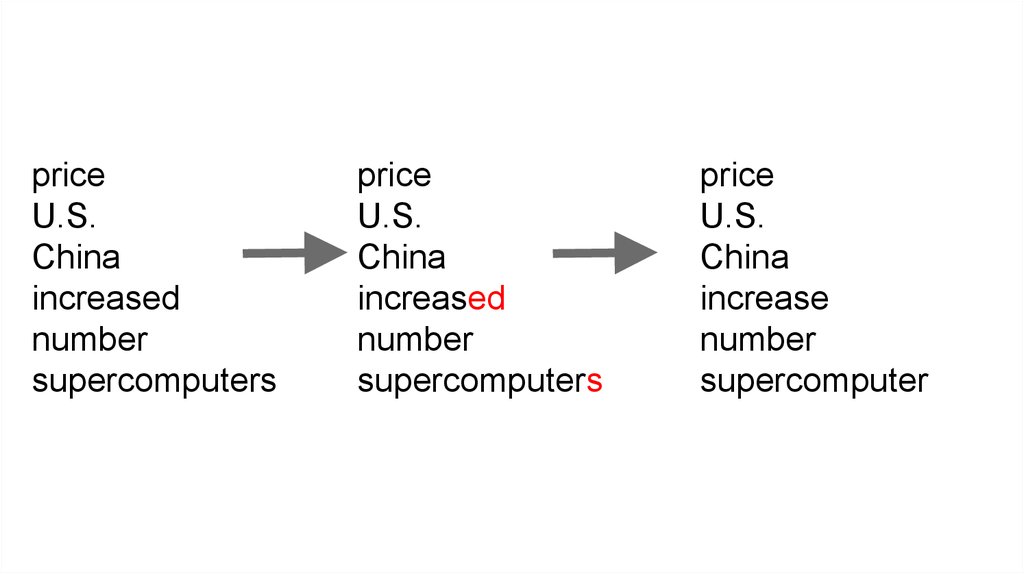

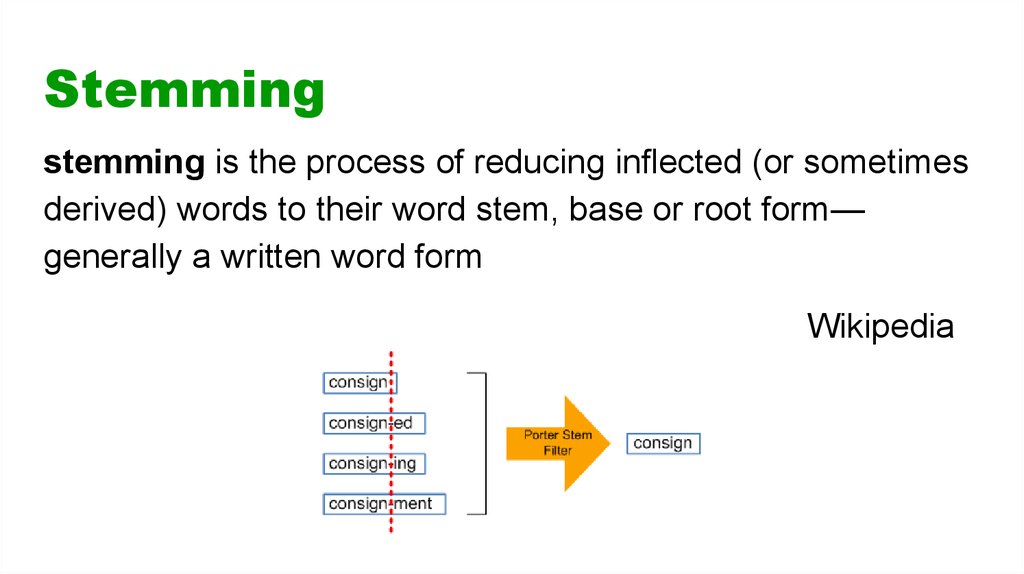
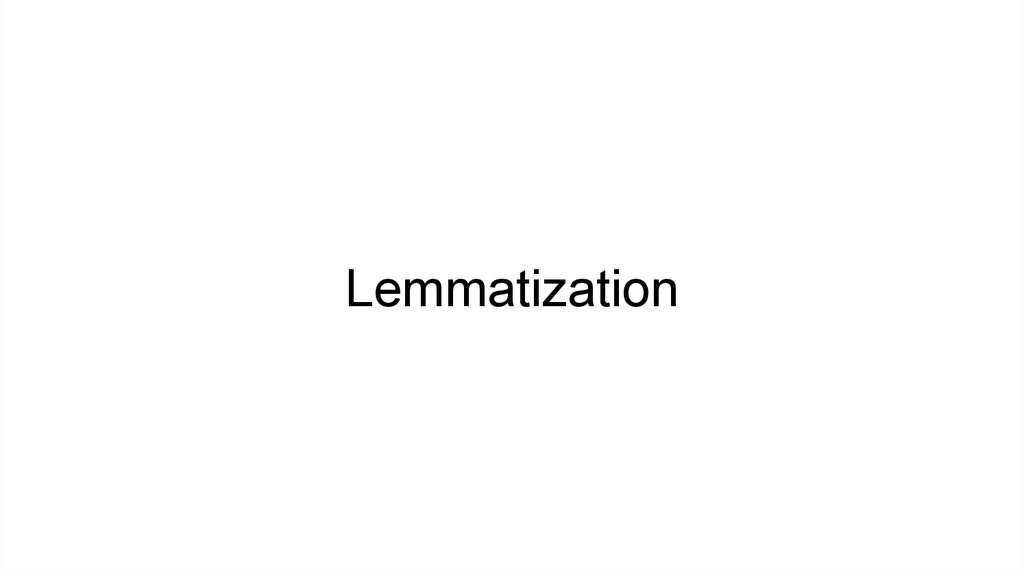

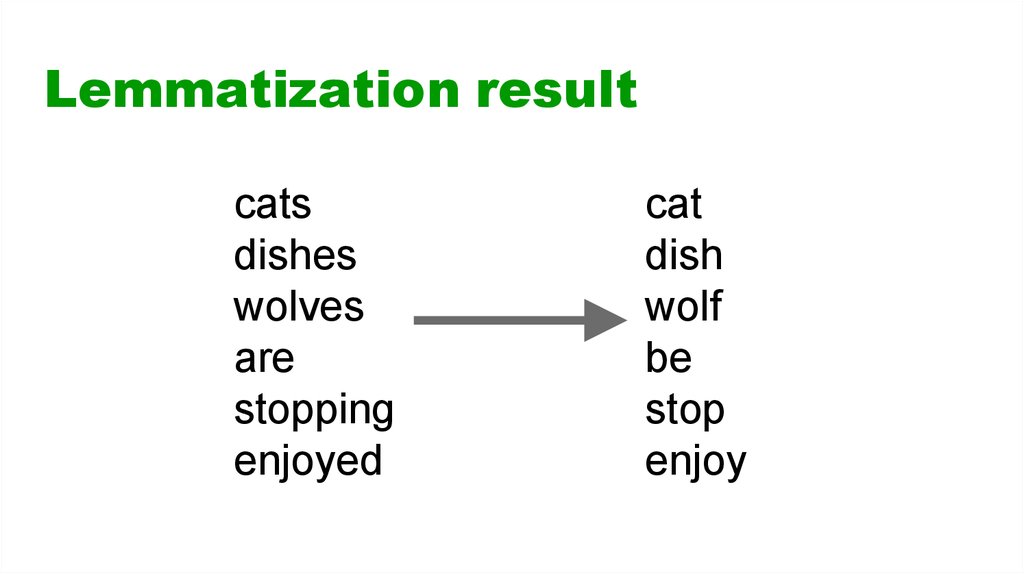
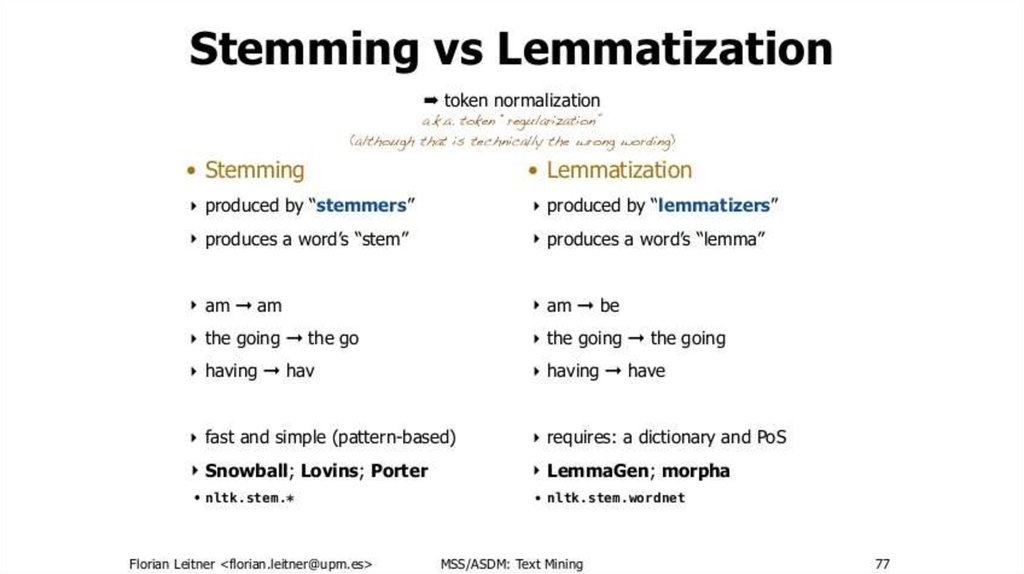
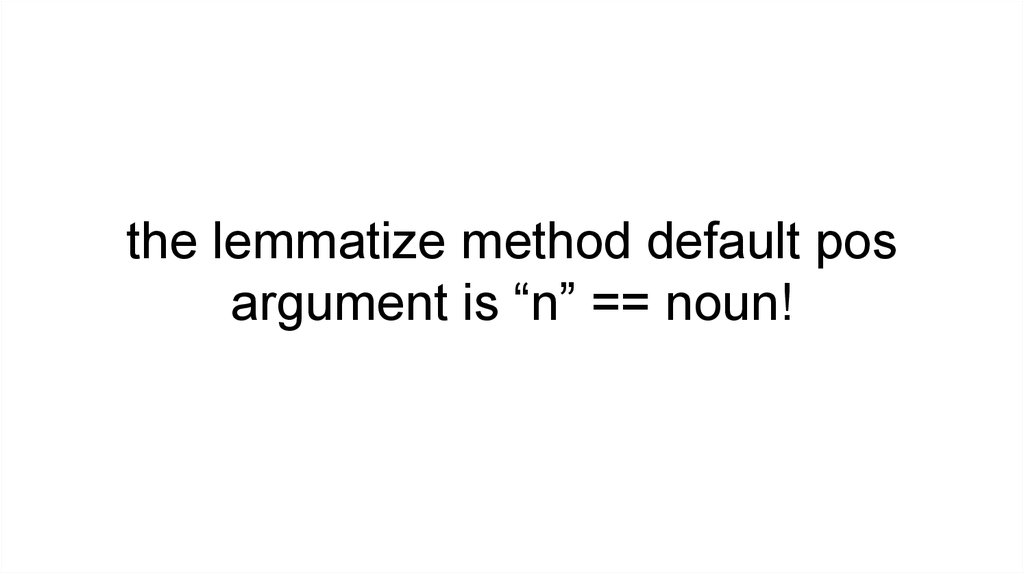

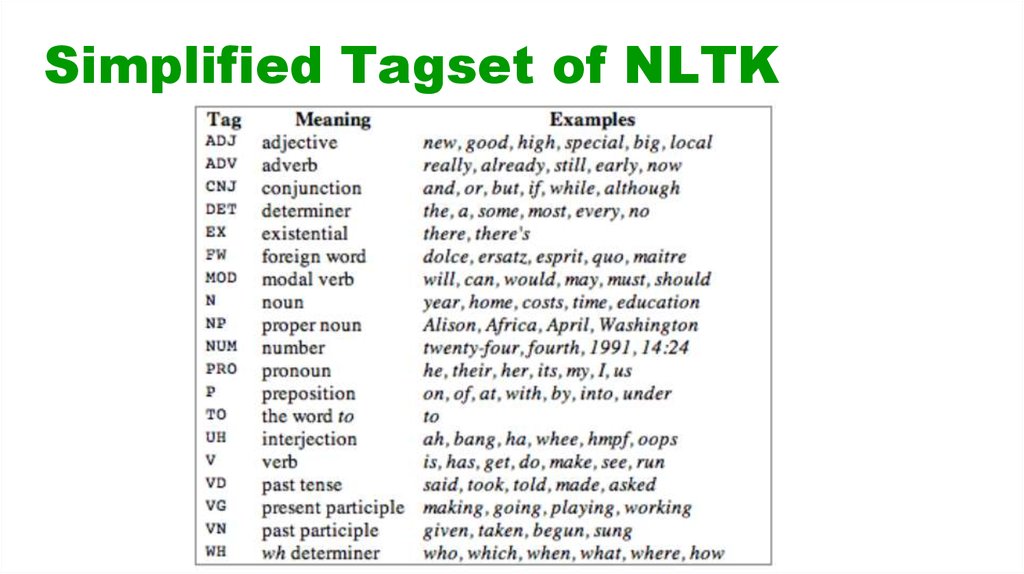
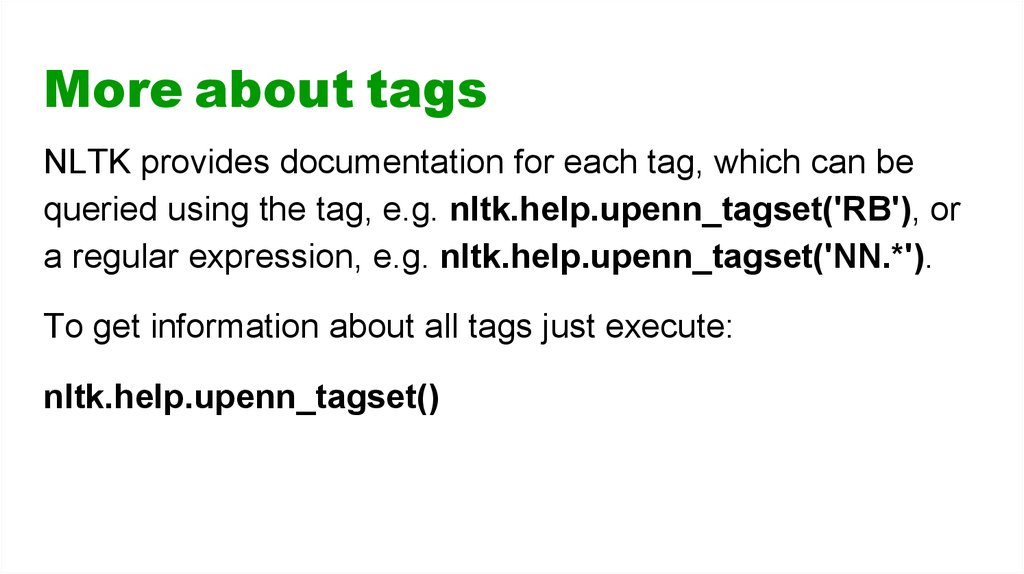

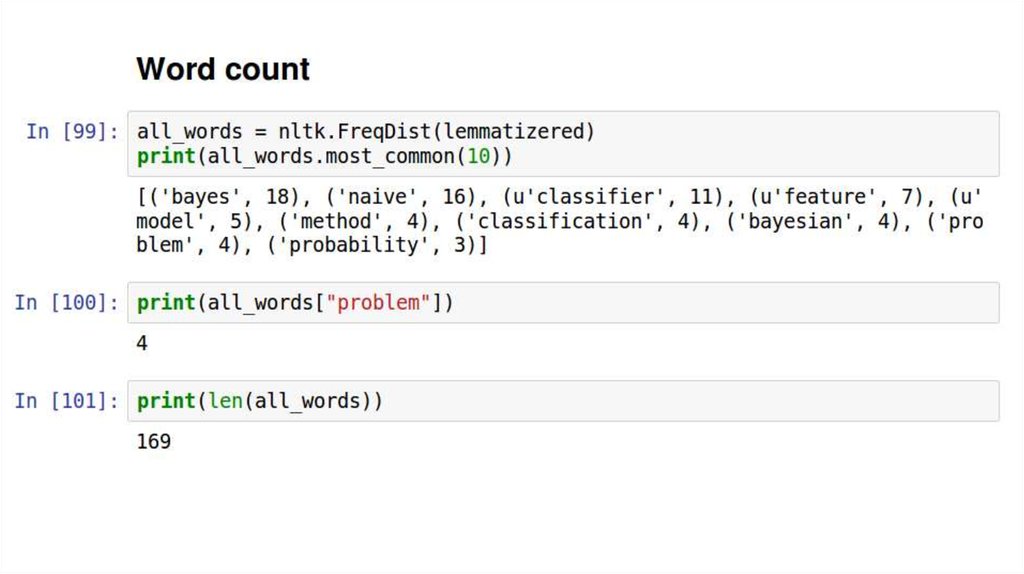
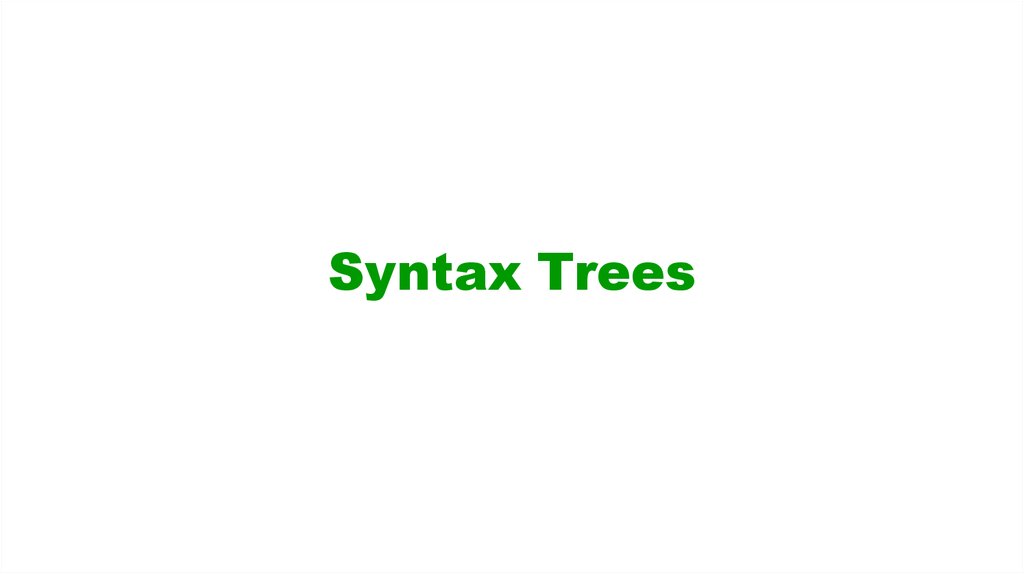
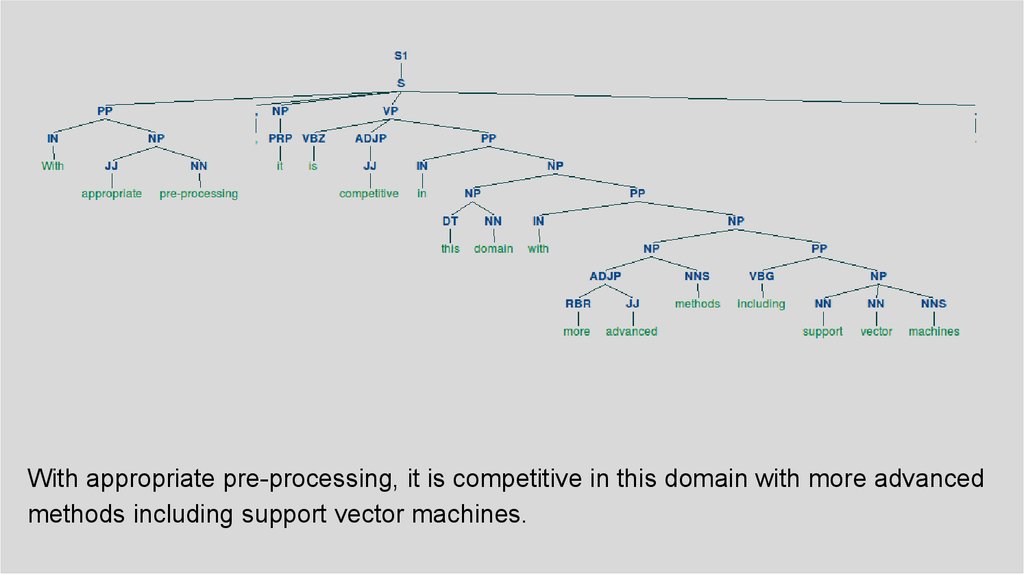
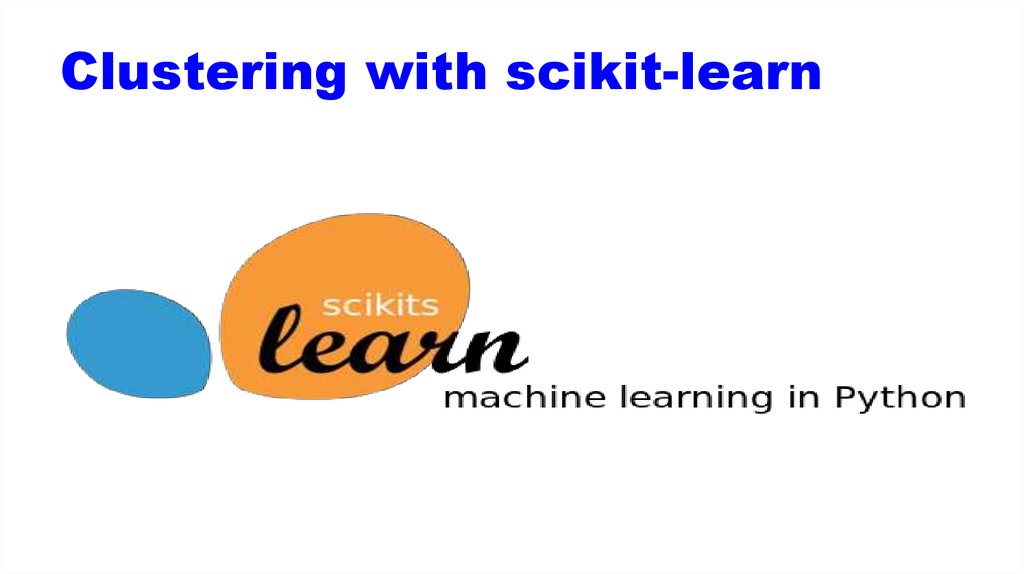
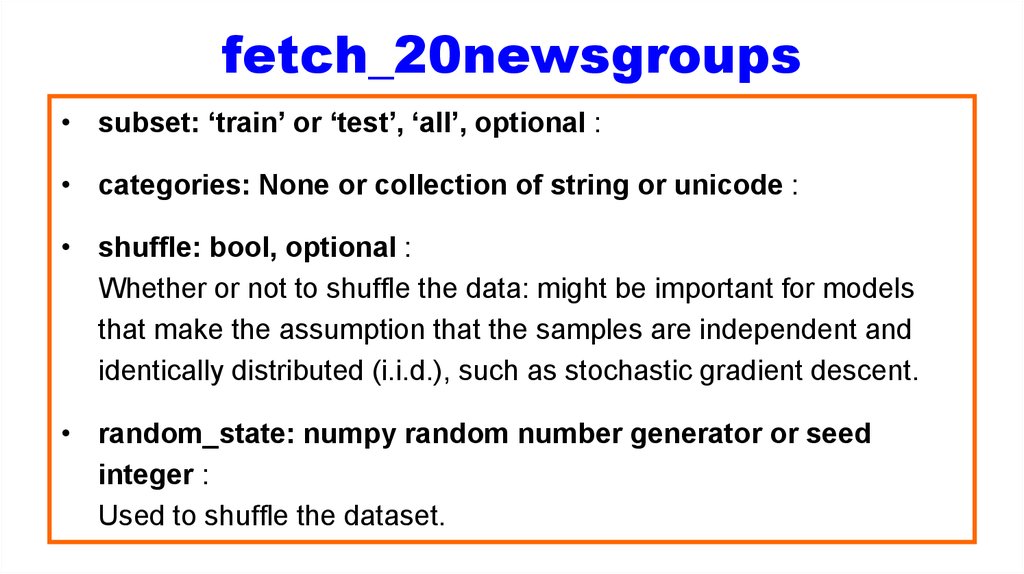
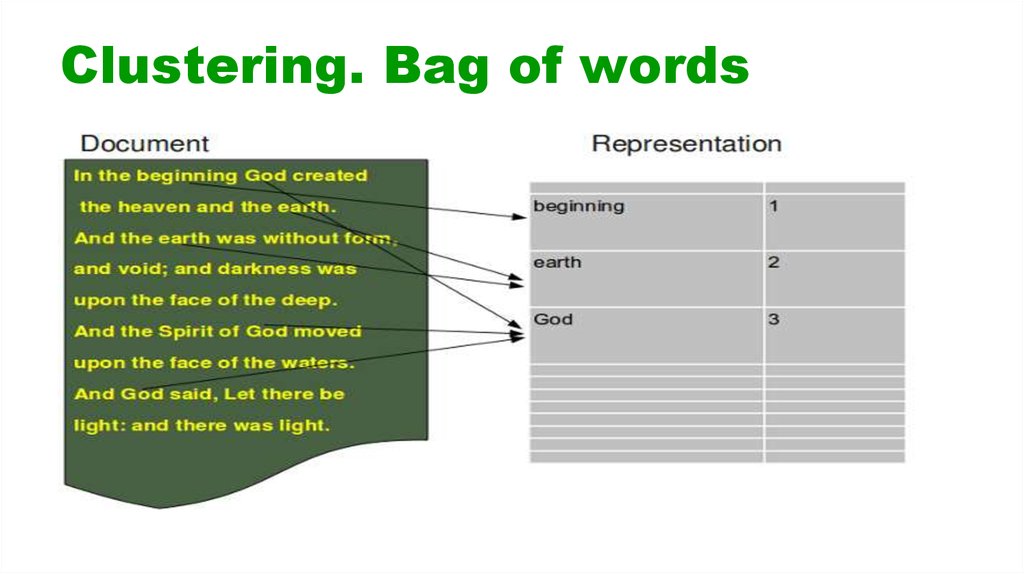
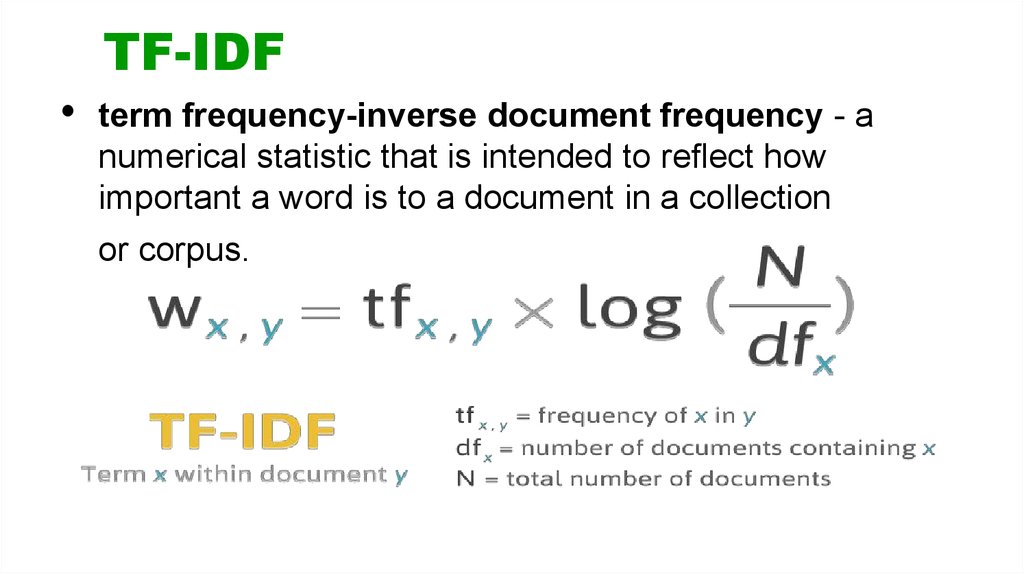
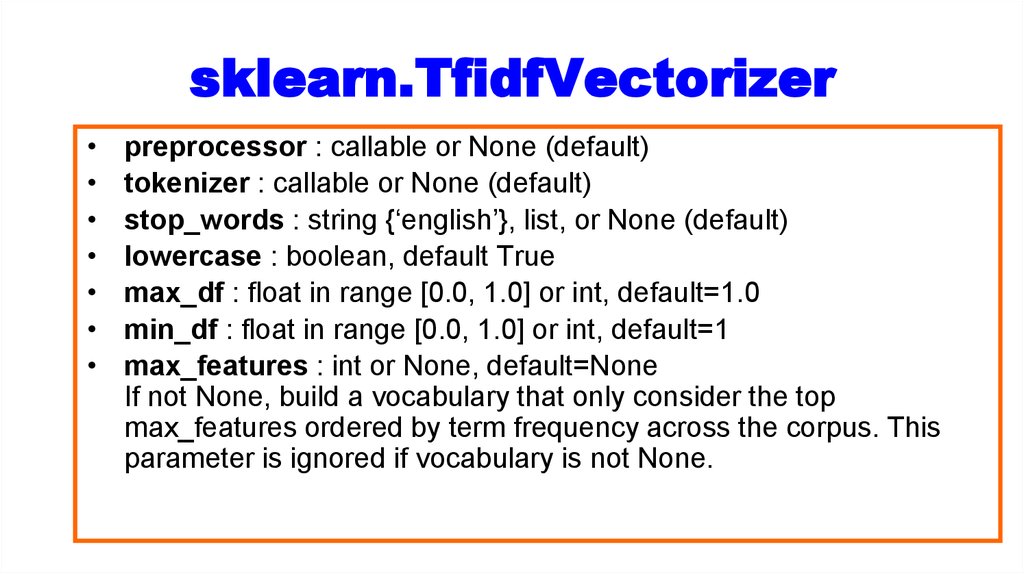
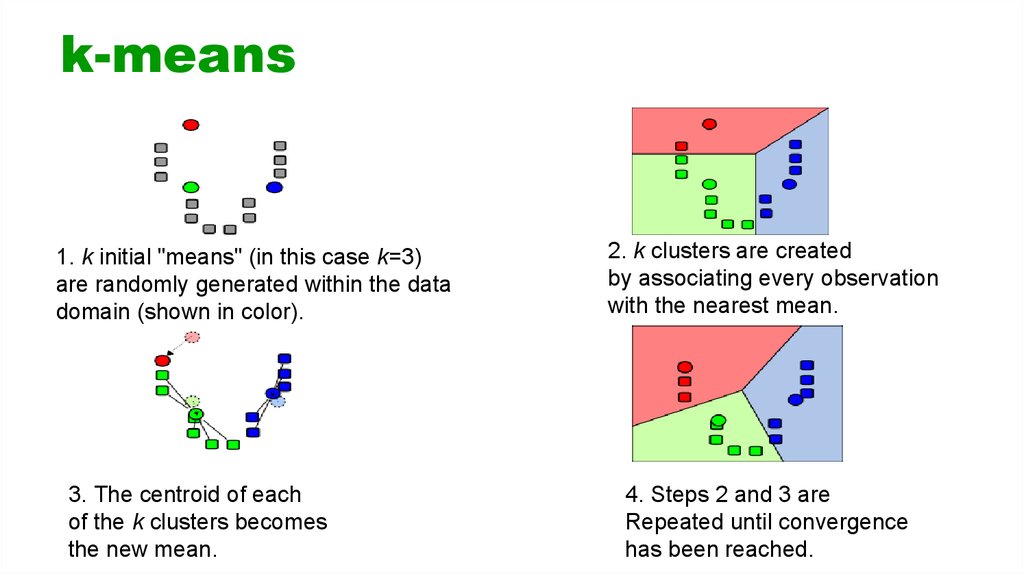
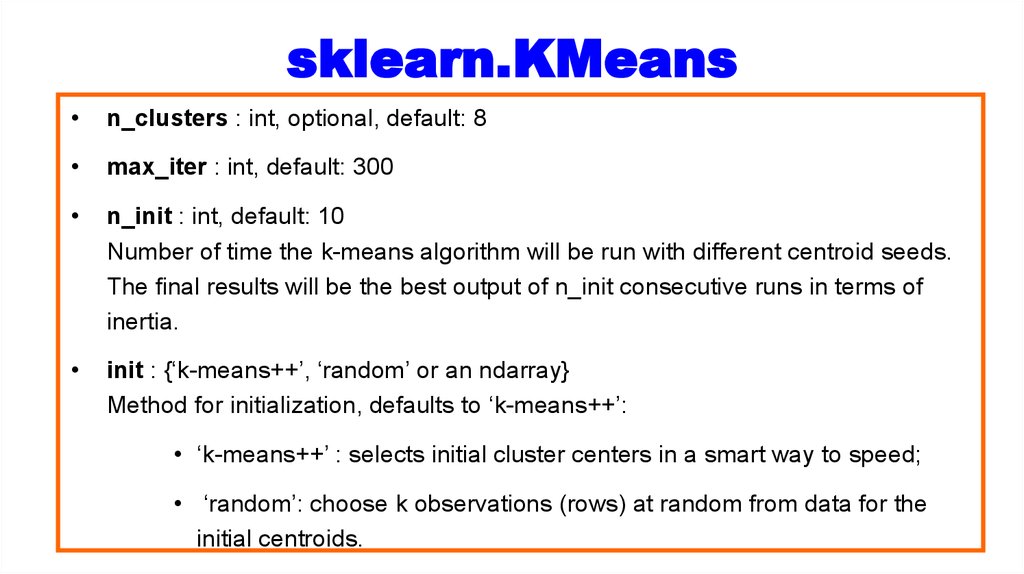
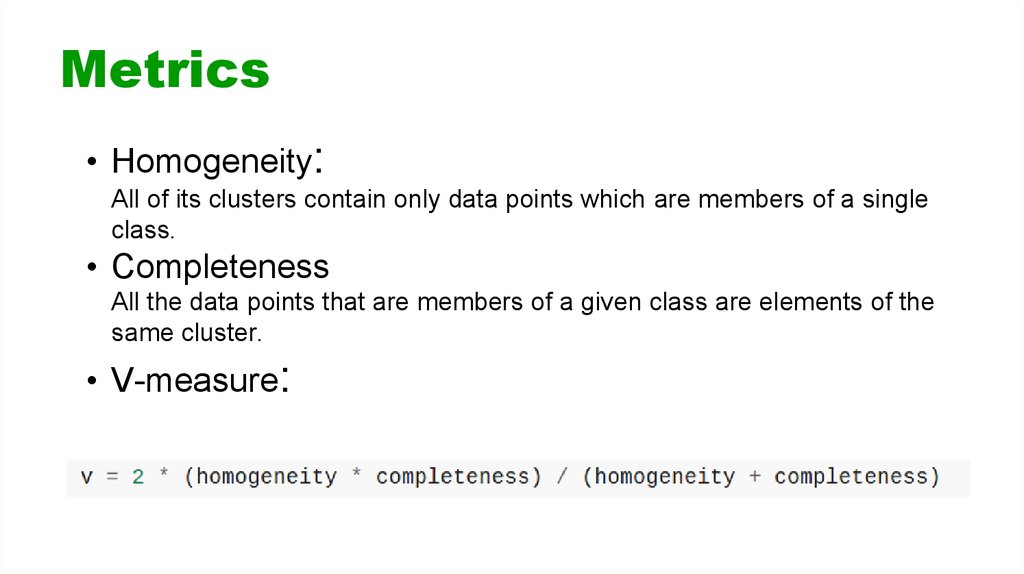
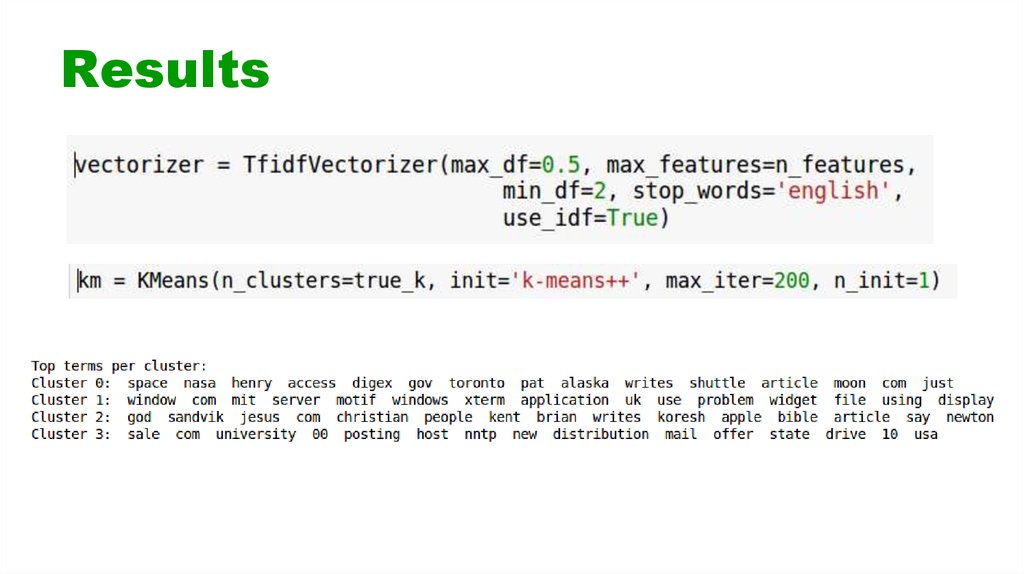

 software
software








